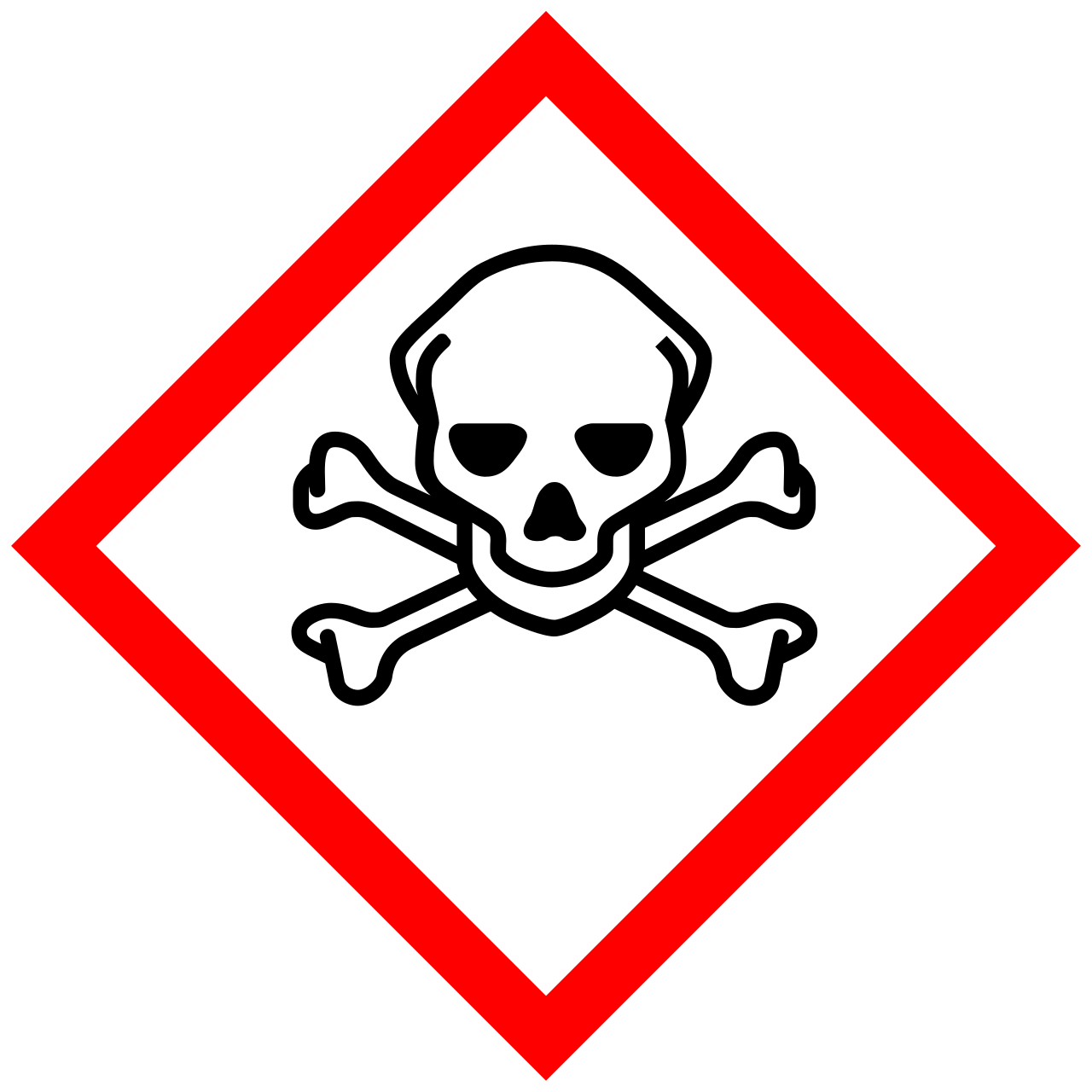On The Scene
When responding, firefighters are constantly exposed to carcinogens. A wide range of chemicals have been detected in smoke and soot during fire suppression and overhaul. These contaminants completely penetrate personal protective equipment (PPE) and the gear you use on a fire. And they remain there until washed off.
Back At The House
Many of the contaminants that firefighters encounter during fire responses can be tracked back to the fire stations. These lingering contaminants can lead to additional exposures if firefighters do not perform preliminary exposure reduction (on-scene and post-fire gross decontamination) – these contaminants can spread to the apparatus’ cab and back to the fire station.
The List
From arsenic to sulfuric acid, the list of carcinogens firefighters are exposed to on the job is long and terrible. Through lab testing, our liquid CO2 process has been proven to eliminate all of these substances. This list was compiled by the International Agency for Research on Cancer (IARC) and The World Health Organization (WHO).

Arsenic
Cancers of the skin, lung, and liver.

Asbestos
Cancers of the lung, larynx, and mesothelioma.

Benzene
Leukemia.

Benzo[a]pyrene
Cancers of the lung, bladder, and skin.

1,3 Butadiene
Blood cancers.

Cadmium
Lung cancer.

Formaldehyde
Nasopharyngeal cancer.

Radioactivity
(gamma activity)
(gamma activity)
All cancer sites combined.

Radionuclides
(alpha & beta emitting)
(alpha & beta emitting)
All cancer sites combined.

Silica
(crystalline)
(crystalline)
Lung cancer.

Sulfuric acid
Laryngeal cancer.

TCDD
(2,3,7,8-Tetrachlorodibenzo-p-dioxin)
(2,3,7,8-Tetrachlorodibenzo-p-dioxin)
Lung cancer, non-Hodgkin lymphoma, sarcoma; all cancer sites combined.
Is there any wonder that in 2022 the IARC classified occupational exposure as a firefighter as “carcinogenic to humans”?
How To Fight Safely
But there is something you can do to fight the effects of carcinogens on the job. To protect yourself from exposure, the following actions are recommended:
Following these steps is the safest way to fight fires.
Following these steps is the safest way to fight fires.


